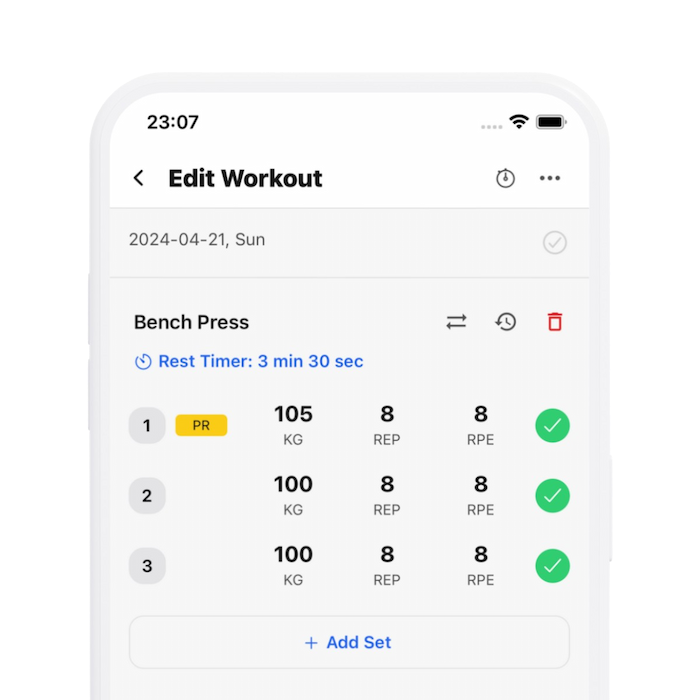30 Seconds SummaryWhat’s the best grip to train your biceps according to science?
- Traditional advice recommends a supinated grip (palms facing up) for biceps training because it aligns with the biceps' role in forearm supination and elbow flexion, and is subjectively felt more.
- Research, however, shows that grip type (supinated, neutral, pronated) has minimal influence on biceps activity during exercises like pulldowns and pull-ups.
- Some studies, including those on bicep curls (barbell, EZ-bar), found no significant differences in muscle activation between different grip positions, suggesting that variations like neutral or pronated grips may be equally effective.
- Biomechanically, using a grip that elongates the bicep, such as neutral or pronated grips, might stimulate greater mechanical tension and potential muscle growth, contrary to the shorter, contracted position in supination.
- Many findings suggest that subjective feelings of muscle engagement (like the visible 'pop' of the biceps in supination) may not accurately reflect the actual biomechanical effectiveness or muscle growth potential of different grips.
- Incorporating a variety of grip positions in training could engage different muscle fibers, potentially leading to better overall biceps development and reduced strain on the elbows.
MennoHenselmans.com
Menno Henselmans
